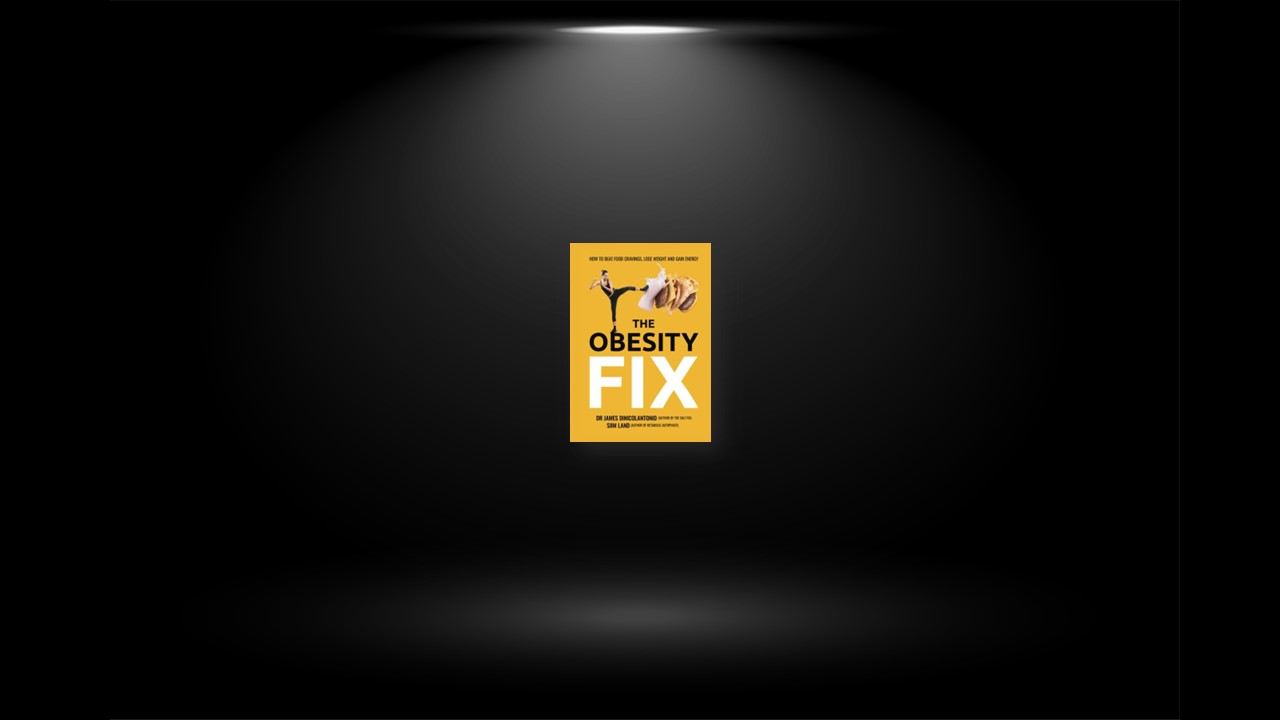What Caused the Obesity Epidemic?
Sugar, whether it be added sugar in processed foods or liquids, was not the only driver of the obesity epidemic. There was also a dramatic increase in processed foods that were high in both fat and refined carbohydrates, resulting in an exponential rise in total daily calorie intake. In nature, we would have only consumed large amounts of fat and carbohydrates together when breast feeding, or if we consumed fresh liver (glycogen) plus organ fat. Furthermore, in ancestral times, the harms from a combined intake of fat and carbohydrates would have been alleviated by periods of food shortages, famines and by being more physically active.
Solving the obesity crisis requires addressing all the aforementioned factors and not simply advice to restrict caloric intake. Simply telling people to “eat less and move more” isn’t addressing the root problem. Access to the current dietary guidelines has had little to no success in addressing overeating and poor dietary choices.
Thus, knowing what to do or being told what to do isn’t enough to make any real positive changes. Ultimately, consuming whole nutritious foods (high in protein and fiber) and reducing the intake of processed junk food, is about the best advice that anyone could ever get for weight loss. However, there are other strategies that can take your fat loss to the next level, which we will cover in the following
The Calorie Conundrum
Different individuals react differently to underfeeding or overfeeding, which determines how much weight they will gain or lose. This depends mostly on current body composition and metabolic health but also to a certain extent on genetics.
Certain individuals will move more at rest, such as fidget more, if they overeat calories. This happens at a subconscious level. Just eating less and moving more may not always work because of inhibitory mechanisms from the body. Of course, you ultimately decide whether you are going to work out or not, however, there are certain signals from the body that will prompt you to move more, and you don’t even realize it.
Different people gain fat in different areas (subcutaneous vs. visceral) with the same amount of overfeeding. This clearly shows that there are biological differences to weight gain.
People who fail to have an increase in non-exercise activities with increased caloric intake are at a greater risk of weight gain. This is likely due to hormonal issues that are inhibiting those subconscious signals to move more. We also know that people who do not have an increase in adaptive thermogenesis with increased caloric intakes are also at an increased risk of weight gain with overfeeding. However, these studies are forcing people to overeat, which again doesn’t tend to occur in the real world when eating real food. It’s the people who are introducing highly processed foods into their diet that tend to overeat them, and at the same time, these processed foods damage their metabolism and hormones . In other words, it’s the quality of food that leads to hormonal and metabolism issues, overeating, lack of movement and increased fat storage. Ultimately, fixing weight issues starts with removing the junk and bringing in real food. When you fix your biology, you start to get the appropriate satiety responses and you also improve your metabolism and fat burning capacity.
Counterpoints to the calorie in vs. calorie out model of obesity
Calories in < calories out = weight loss
This assumes calories in is independent of calories out. However, they are dependent on each other. In other words, when you eat less, you also tend to move less to conserve energy. Additionally, when you eat less calories, your basal metabolic rate drops. Your body is smart and needs a set number of calories to function, so metabolism, heart rate, body temperature, etc. will drop with reduced caloric intake. In this situation, you still need to be in a calorie deficit to keep losing weight, but the effort required to achieve that becomes increasingly more difficult.
Eat less and move more = weight loss
This assumes that eating is a conscious decision. However, the body provides hunger and satiety signals. You don’t tell someone to drink less water to lower their blood pressure. So why are we telling people to eat less when they are overweight. We should be telling people to focus on the quality of the food they eat, which will lead to natural satiety signals. Food, and the calories they provide, are not inherently bad. We need calories to live. It’s when our metabolism is broken that our bodies can’t process the calories correctly. Thus, it’s not about eating less, it’s about eating the correct foods so you can eat the appropriate number of calories without storing an inappropriate amount of fat.
Structuring a Diet for Sustainable Weight Loss
1.) Eat whole nutritious foods (cook at home most of the time)
2.) Avoid or limit junk food, fast food, pre-packaged foods and restaurant food
3.) Portion out your meals (so as not to overconsume food)
4.) Try skipping one meal (especially on non-exercise days) or eating an early dinner
Consider skipping a meal that is easiest for you to skip. If you are someone who usually eats breakfast, then you may want to skip lunch or dinner. However, if time-restricted eating doesn’t suit you, or you tend to overcompensate for it with overeating afterwards, then consuming 3 meals a day is still appropriate.
If you ensure that your breakfast has a high amount of protein (~ 50 grams of protein give or take) this will make it easier to skip lunch and eat an early dinner.
5.) Try the MATADOR method – 25-33% calorie restriction for 1-2 weeks followed by a maintenance caloric intake for 1-2 weeks. You can take a step-wise approach to both the calorie reduction phase and maintenance phase.
6.) Try a protein sparing modified fast, but only at a 25-33% calorie restriction, for 1-2 weeks followed by a maintenance caloric intake for 1-2 weeks.
7.) For weight loss under doctor supervision – try a protein sparing modified fast (1,000 calories per day mostly from protein)
The Obesity Fix Diet
The author recommends below macronutrient ratios for weight loss:
Protein 25-35% – meat, fish, eggs, organ meat, poultry, cottage cheese, curd, Greek yogurt, beans, legumes, lentils, protein powder. Animal protein is more bioavailable and should comprise the majority of your protein calories.
Fat 25-40% – fat from meat, eggs, fish, cod liver oil, olive oil, avocados, nuts, seeds, MCT oil; fats you cook with: olive oil, coconut oil, avocado oil, butter, tallow, lard.
Carbohydrates 10-25% – potatoes, sweet potatoes, carrots, zucchini, asparagus, broccoli, peppers, buckwheat, Ezekiel bread (tastes better when toasted), beetroot, apples, bananas, pineapple, mangos, grapefruit, oranges, clementines, kiwis, blueberries, cranberries, strawberries, grapes, currants. Rice can be consumed but it should be minimized as it is high in carbohydrates and low in micronutrients.
Obesity Fix Diet Tips
Dial up the protein (1-1.25 g/lb or 2.2-2.3 g/kg of lean bodyweight). For someone who weighs 150 pounds this would be ~150-180 grams of protein per day spread across 2-4 meals per day.
Dial down the carbs (10-25% of calories from carbohydrates vs. 55% in the Standard American Diet). This equates to around 65-165 grams of carbohydrates for a male adult weighing 170 pounds. Those who are less active should stick to the lower end of the range, whereas those who are more active should consume closer to the higher end of this range. Consuming at least 100 grams of carbohydrates from whole foods per day is beneficial for energy levels, hormone function, and vitality. While certain periods of very low carbohydrate intakes can be beneficial for weight loss (< 60 grams/day), especially in those who are sedentary, a moderate carbohydrate intake (~ 65-165 grams) is more sustainable and optimal for those who are moderately to highly active.
Try to get your fat from whole foods instead of added oils or other fats Reduce the consumption of heavy cream or butter in coffee.
Eat more foods that have fiber. A little fiber goes a long way. You don’t have to eat loads of fiber, however having one food item that contains fiber can help provide quick satiety. Replace most of your high carb foods (pizza, cakes, cookies, chips, etc.) with low calorie fruits and vegetables. Avoid the consumption of refined sugars, especially sugary beverages. Fruit juices should be limited.


